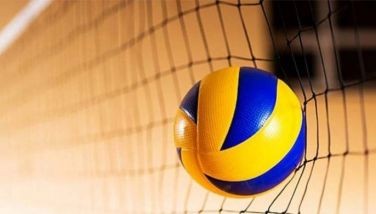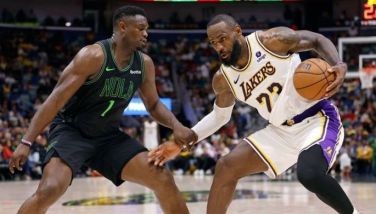The changing media
The pandemic has caused wholesale changes in the way the media go about their business. There is no question that, if we were told two years ago that we would be working this way, we would have laughed in disbelief. But as it stands, the need to find a good story in a time of minimal mobility has forced us into a way of life we never expected. And things will stay this way for the foreseeable future, just as schooling remains online in the country.
Before COVID-19, it was very rare that one would do remote interviews. Even when Filipina beauty queens would win overseas, TV networks would quickly deploy reporters to interview them face-to-face. For sports, they wouldn’t spend, so if your subject was overseas, a phone patch was the available solution. And it was only during big international tournaments, or sudden coverages, when the prohibitive cost of travel forced commentators to content themselves with off-tube play-by-play and analysis, as in the local broadcasts of NBA games. Now, that is the norm.
Pool reportage. This will definitely be the protocol for events like the Olympics and SEA Games. On paper, only seven slots (that’s not a typo) were given to the Philippines for Tokyo. International sports federations will traffic post-event releases, access to venues will be restricted, and robot cameras will be used. Given all that, there isn’t really much point for going, save for the enormous possibility that the Philippines will win at least one gold medal. And that is the main reason for going.
Aggressive theft of intellectual property is also on the rise. More and more, exclusive material of established sports news media is being purloined and passed off as somebody else’s. Respected boxing journalist Nick Giongco’s YouTube debut, an exclusive interview with Sen. Manny Pacquiao – whom he has been covering for decades – was shamelessly stolen and used by others claiming it as their own. There are so many other cases of plagiarism, at times committed even by high-profile websites. The audience simply has to be more vigilant.
Heavy use of social media has become the norm rather than the exception. Let’s face it: almost all athletes (and officials) below a certain age are very savvy with the use of Facebook, Instagram, Twitter and the new reward-based social media apps. Some even use them to generate traffic for their events. On one hand, this provides material for the media mill. On the other, some of the paid content makes it harder for sports media to do their jobs. But overall, this provides a broader base for journalists to do their own research.
Ironically, given all of these developments, some national sports associations (and some athletes) still limit themselves to a handful of “friendly” journalists from just one form of media: print. This myopic, old-school thinking is harming their athletes, and they don’t even see it. In an age where reach is a main driver of commerce, they are missing out on so many opportunities.
- Latest
- Trending
































